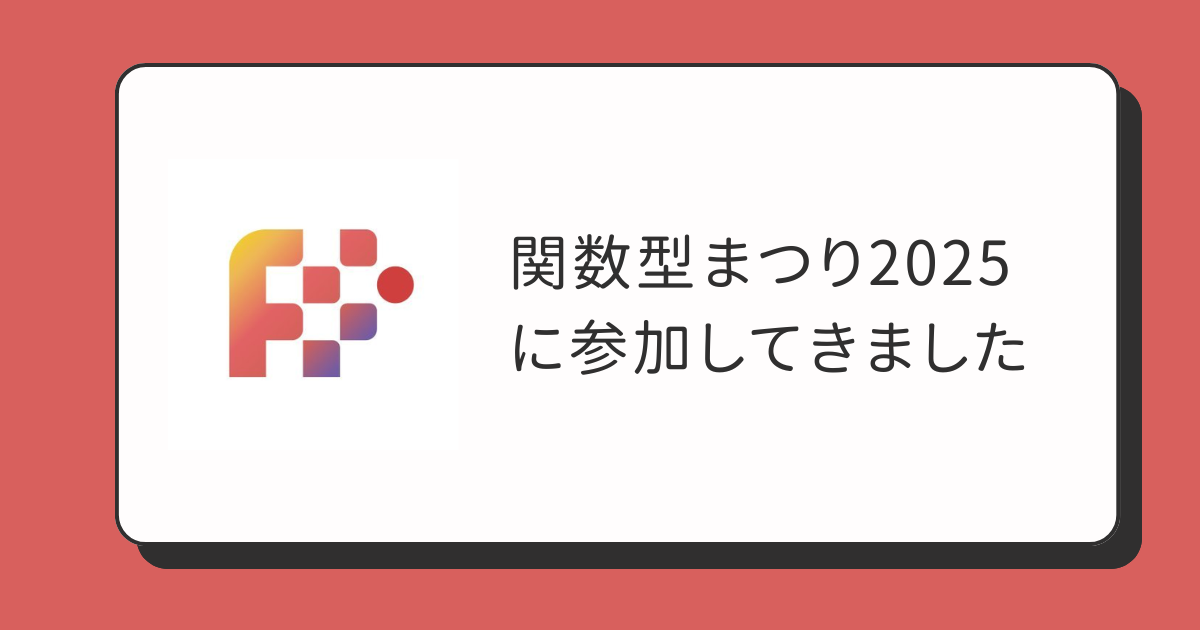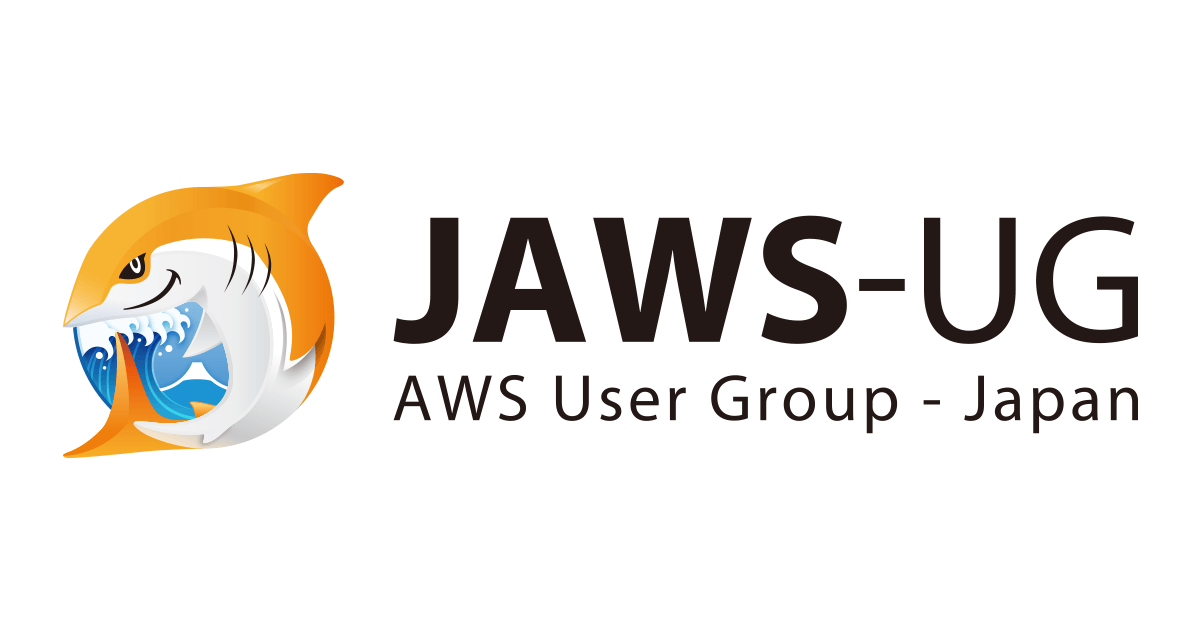![How enterprises use Hyperledger Fabric on Amazon Managed Blockchain #reinvent [OPN217]](https://devio2023-media.developers.io/wp-content/uploads/2019/12/reinvent2019_report_eyecatch.jpg)
How enterprises use Hyperledger Fabric on Amazon Managed Blockchain #reinvent [OPN217]
This post is the session report about OPN217: Enterprise blockchain: AWS's open-source approach at AWS re:Invent 2019.
日本語版はこちらです。
Abstract
Blockchain technology is evolving rapidly and organizations are experimenting with this technology across many use cases, including streamlining financial transactions, supply chain transparency, and healthcare data management. In this session, Hyperledger Foundation’s Brian Behlendorf joins AWS’ Tamara Dull to explore how three popular open source blockchain frameworks – Hyperledger Fabric, Hyperledger Sawtooth, and Ethereum – contrast/compare and how they are being used to address our customers’ blockchain needs.
Speaker
- Tamara Dull
- Principal Open Source Technologist, Amazon Web Services
- Brian Behlendorf
- Executive Director of the Hyperledger Project, The Linux Foundation
They introduced the features and the concepts of Amazon Managed Blockchain and Hyperledger Fabric with the use cases of enterprises.

Contents
3 most common questions
- What is blockchain?
- Centralized vs. Decentralized (Distributed)
- Most of organizations use centralized database
- Blockchain allows every single node to have its own copy of the database
- Do I need blockchain?
- What is Amazon’s view of blockchain?
Blockchain builds trust in a network
- Eliminates the need for central authority in business networks
- Three main components (execution environment):
- Distributed ledger database
- The journal records an immutable log of all transactions and is maintained by nodes in the blockchain network
- You cannot change and delete any data on blockchain
- A block is a collection of transactions, timestamp and hash value of the previous block
- Consensus mechanism
- The method by which a network agrees on which transactions are vailed and the order in which the transactions will be added to the blockchain
- Ensures that the members in the network have an agreed-upon method to allow transactions and data to be committed to the ledger
- Requires the participation of many members to achieve security, accuracy and immutability
- Smart contract
- Business logic expressed as a computer program in the blockchain
- Verified, predictable execution of code without a human interaction
- Writes to distributed ledger, so it cannot be changed and deleted
- Can interact with components outside the blockchain network (off-chain)
- Stored on every node in the blockchain network
- Distributed ledger database
Our customers told us about their use cases
- Ledger with centralized trust
- Healthcare
- Verify and track hospital equipment inventory
- DMV
- Track vehicle title history
- Manufactures
- Track distribution of a recalled product
- HR & Payroll
- Track changes to an individual’s profile
- Amazon Quantum Ledger Database (Amazon QLDB)
- Fully managed ledger database with a central trusted authority
- Healthcare
- Transactions with decentralized trust
- Financial institutions
- Peer-to-peer payments
- Mortgage lenders
- Process syndicated loans
- Supply chain
- Transact with suppliers and distributors
- Retail
- Streamline customer rewards (AMB)
- Financial institutions
- Amazon Managed Blockchain
- Fully managed blockchain service, supporting both Hyperledger Fabric and Ethereum frameworks
- Easily create and manage scalable blockchain networks
- Fully managed
- Quickly create blockchain networks that span multiple AWS accounts.
- Easily add or remove members and monitor the network
- AMB is the only blockchain platform which is deployed as a managed service across all major worldwide clouds
- Choice of Hyperledger Fabric or Ethereum
- Choose the right framework for you needs whether you are building a permissioned or public network
- Scalable and secure
- Easily scale your blockchain network as the usage grows
- Secures your network certificates with AWS Key Management Service (AWS KMS)
- Improve reliability
- Improves the reliability of the “ordering service”, by replacing the default technology with Amazon QLDB
- Improves durability
Why Hyperledger Fabric and Ethereum?
- Hyperledger Fabric
- Useful for a finite set of users
- Well-suted for applications that require stringent privacy and permission controls with a known set of members
- ex) A financial application where certain trade-related data is only shared with select banks and other members in the network don’t have access to the data
- Ethereum
- Useful for an infinite number of unknown users
- Well-suted for highly distributed blockchain networks where transparency of data for all members is important
- ex) A digital identity network comprising farmers and government organizations, where an infinite member of farmers can join the network information regarding their land, crop yields etc, is shared across all members on the blockchain.
What is Hyper ledger?
- Open source collaborative effort to advance cross-industry blockchain technologies Inspired by Apache Software Foundation, Eclipse, OpenStack, Linux Foundation, Kubernetes, Node JS and more.
- Hosted by The Linux Foundation
- Global collaboration spanning developers and employers in finance, technology, supply chain, healthcare and more
-
Hyper Ledger’s Goals
- Create enterprise-grade blockchain software
- Open-source, distributed ledger frameworks & code bases to support business transactions
- Provide community-driven infrastructure
- That are open, neutral, and supported by technical and business governance
- Build technical communities
- To develop blockchain and shared ledger POCs, use cases, field trials and deployments
- Educate the public
- About the market opportunity for blockchain technology
- Build the commercial ecosystem
- To help ISVs, cloud providers, SIs, and end user organizations all realize commercial benefit from participation in the project, and demonstrate the economic power of the demain
- Create enterprise-grade blockchain software
- Everyone wants just a little DLT
- Worldwide spending on blockchain solutions is forecast to be nearly $2.9 billion in 2019, before surging to $12.4 billion in 2022 (Report by WEF 2019)
- Hyperledger immediately established itself as the gold standard for corporate blockchain projects (Forbes)
Open Blockchain Spectrum

- Permissioned vs. permissionless
- Who can write a Blockchain (i.e., accessibility)
- Public vs. private
- Who can read from a Blockchain (i.e. visibility)
- There are many digital identity networks being built where you’ve got no permission to some nodes, but the data itself is very public facing
Hyperledger Fabric
- Platform for developing blockchain networks with a modular architecture for consensus and membership services
- Status: Active
- CII Badge: cii best practices passing
- Description: Distributed ledger in Golang, Javacscript
- Technical Preview: Private channel data, Identity Mixer, Service Discovery
- Fabric 1.4.3 most current; 2.0 in Alpha and expected by EOY
- 200+ devs across 100+ companies contributing
- Hundreds of pilot and networks deployed
- EX) DTCC
- Financial market structure is required to reduce risk, increase transparency and evolve with market and regulatory needs
- Replaced the centralized database with Hyperledger Fabric on Amazon Managed Blockchain to initiate around the exploration and adaption of Blockchain
- EX) Nestle
- Use blockchain technology to track what is in their food and where it comes from
- Set up Hyperledger Fabric on Amazon Managed Blockchain and invite their partners to collaborate in our supply chain transparency efforts
Hyperledger Sawtooth
- A modular platform for building, deploying, and running distributed ledgers
- Inspired by the pure view of Bitcoin or Ethereum except consensus algorithms.
- Status: Active
- CII Badge: cii best practices passing
- Description: Distributed ledger with Multi-Language Support
- Dynamic Consensus (Changing consensus on the fly)
- Proof of Elapsed Time (PoET) and PBFT consensus
- Write smart contracts in almost any language
- Ethereum contract support via Hyperledger Burrow integration
- Supply Chain example out of the box
- Parallel transaction execution for added throughput
- Hyperleader Sawtooth includes a novel consensus algorithm, Proof Of Elapsed Time (PoET), which targets large distributed validator populations with minimal resource consumption. Hyperledger’s second project, released as 1.0 in January 2018 and 1.2 in Jul 2019
Hyperledger Besu
- Status: Incubation
- CII Badge: not started
- Description: Besu is an Ethereum client that runs on the Ethereum public network, private networks, and test networks such as Rinkeby, Ropsten, and Gorli
- Open-source Ethereum client written in Java
- Run on the Ethereum public network or on private permissioned networks, as well as test networks such as Rinkeby, Ropsten, and Gorli
- Includes several consensus algorithms including PoW, PoA, and IBFT
- Has comprehensive permissioning schemes designed specifically for uses in a consortium environment

How to get involved as a developer
- Learn & Build & Participate
- Community Working Groups (WGs)
- Technical Steering Committee
- Architecture Working Group
- Identity Working Group
- Performance and Scaling Working Group
- Smart Contracts Working Group
- Technical Working Group China
- Learning & Materials Development Working Group
- Diversity, Civility and Inclusion Working Group (DCI)
- Community Special Interest Groups (SIGs)
- Healthcare
- Telecom
- Trade Finance
- Capital Markets
- Public Sector
- Social Impact
- Supply Chain
- Education Architecture
- Training and Certification
- Technical training and professional certifications to get up-to-speed on Hyperledger Fabric or Sawtooth
- Certificated Hyperledger Sawtooth Administrator (CHSA)
- Certified Hyperledger Fabric Administrator (CHFA)
- Certified Hyperledger Fabric Developer (CHFA)
- Technical training and professional certifications to get up-to-speed on Hyperledger Fabric or Sawtooth
Learn More
- Amazon Managed Blockchain (AMB)
- AMB landing page: https://aws.amazon.com/jp/managed-blockchain/
- Deep Dive on AMB: https://www.youtube.com/watch?v=B9tlH8lzKI4
- How to deploy an app fo Hyperledger Fabric on AMB: https://aws.amazon.com/jp/blogs/database/build-and-deploy-an-application-for-hyperledger-fabric-on-amazon-managed-blockchain/
- Hyperledger
- Project site: https://www.hyperledger.org/
- Hyperledger Fabric: https://www.hyperledger.org/projects/fabric
Q&A
- One of the advantages of using blockchain is that no one can shut it down because it is distributed. But when blockchain is on the public cloud, which means it is kind of centralized network, how do we achieve it?
- The Hyperledger Fabric is supposed to be across providers, such as AWS, Azure and IBM, and eventually it is
- There is a big problem that it is possible to write wrong data into blockchain. How do we guarantee that data is actually true?
- Blockchain technology has garbage in garbage forever, and this is also true for other database. There’s evidence chain, which is a set of testimony rather than proof.
- When we insert some error data, how do we fix that?
- By writing another transaction which issues the correction of the first.
- How do you see that conversation of trust evolves beyond the malicious actor? People who I am talking to would able to immediately turn to malicious actor.
- In the blockchain setting, we have got the chain of signature which can validate transactions. You don’t have to trust them instead of the smart contract
References
- https://hyperledger-fabric.readthedocs.io/en/release-1.4/whatis.html
- https://aws.amazon.com/jp/blogs/database/your-guide-to-amazon-managed-blockchain-and-amazon-qldb-workshops-and-chalk-talks-at-aws-reinvent-2019/
- https://sawtooth.hyperledger.org/docs/core/releases/1.0/introduction.html





